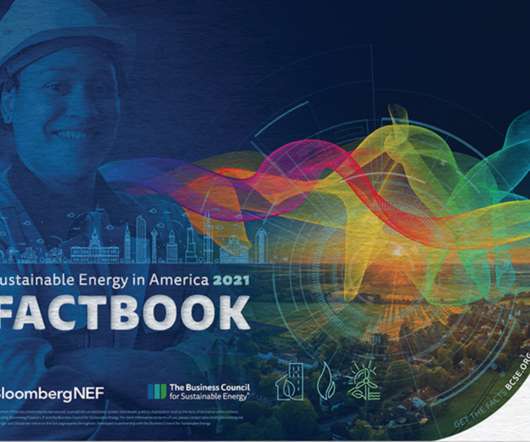Surge in WA emissions puts Australia’s net zero targets in doubt
The Guardian: Energy
MARCH 24, 2024
tonnes of carbon dioxide-equivalent, or about 20% above 2005 levels. Modelling results presented to the state government late last year and obtained by Guardian Australia showed that the state’s carbon emissions in 2024 are on track to reach 91.5m















Let's personalize your content